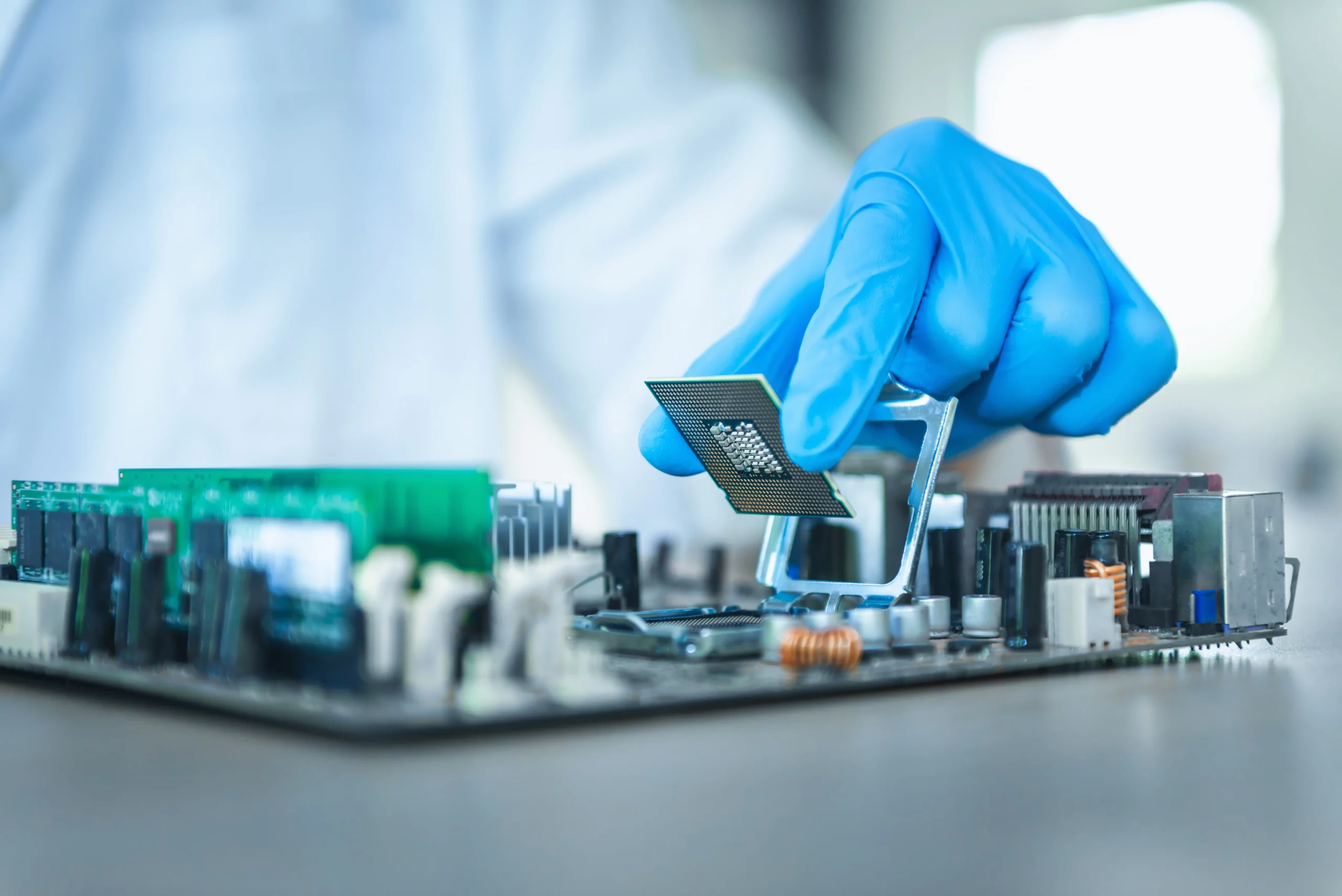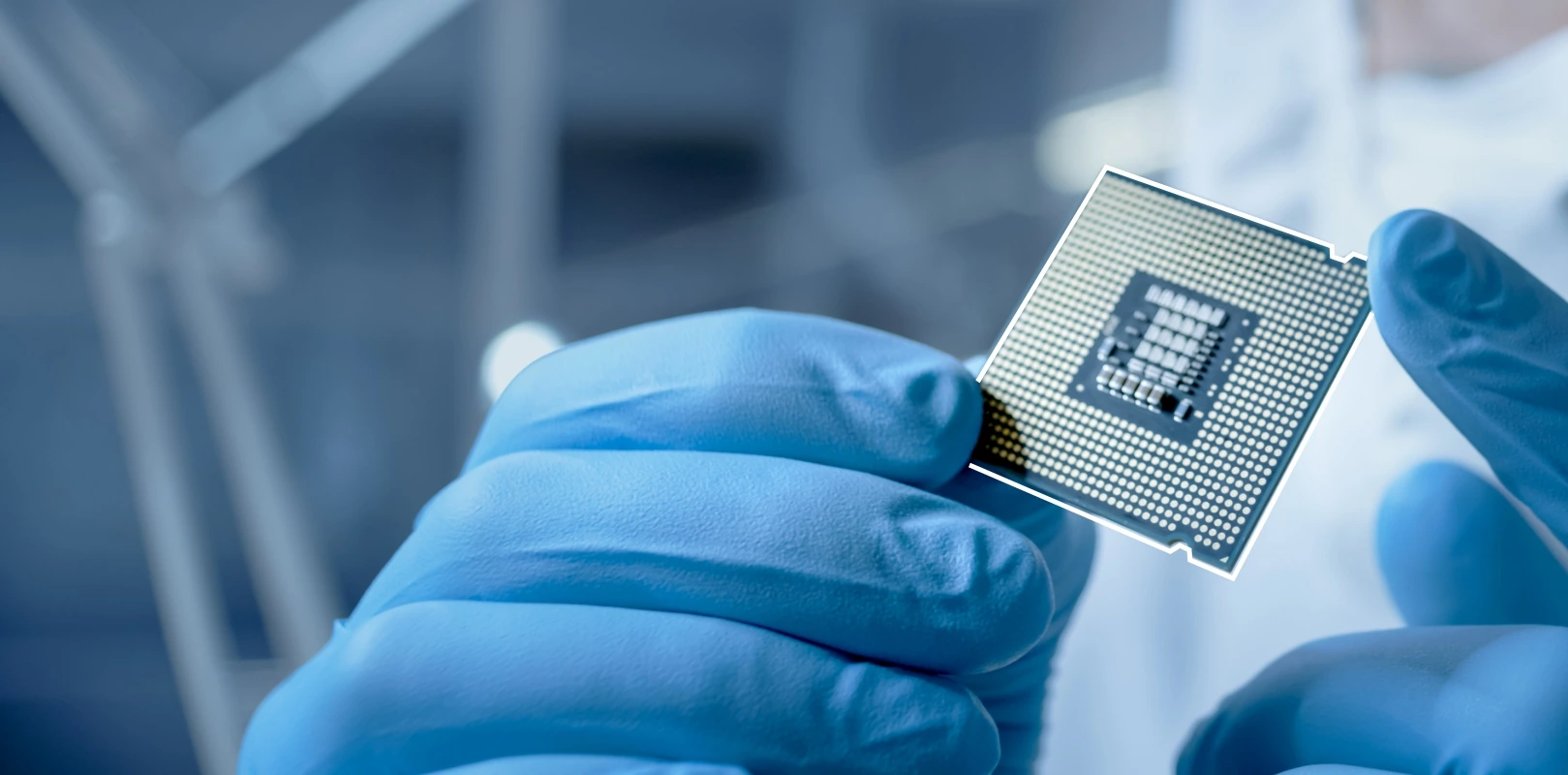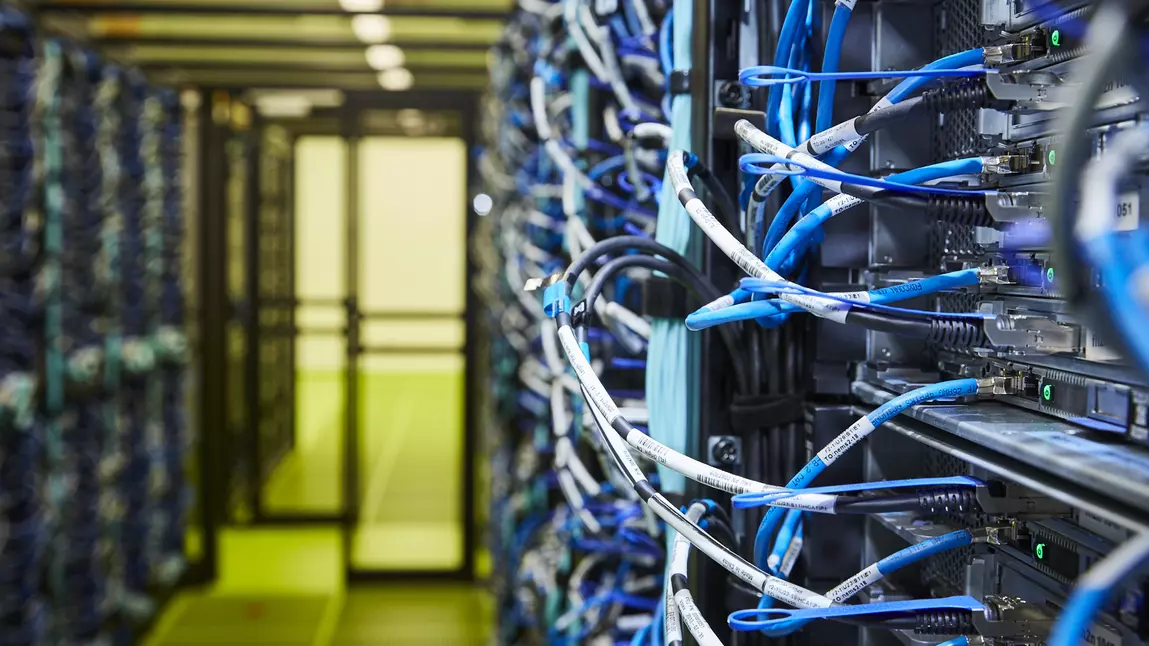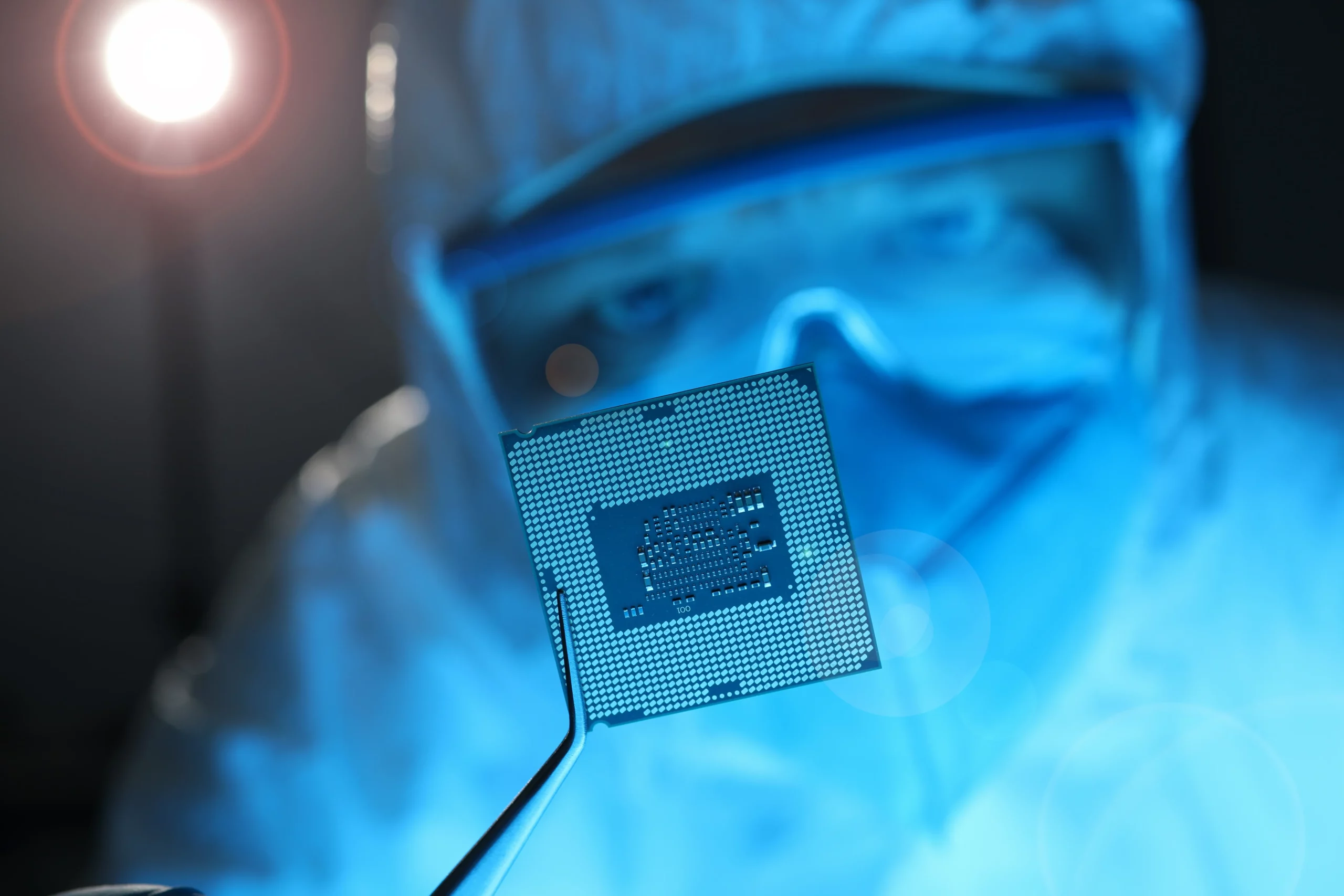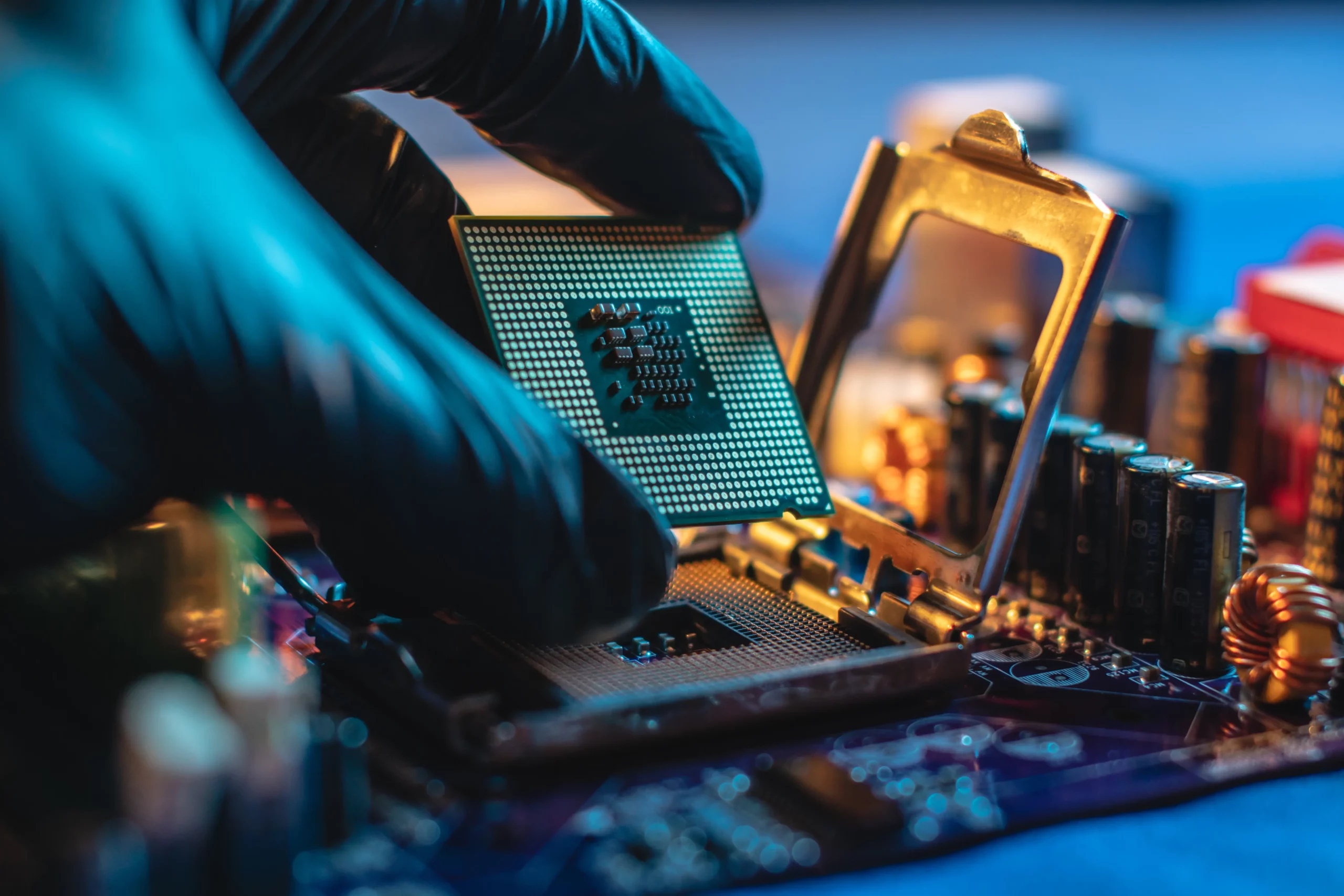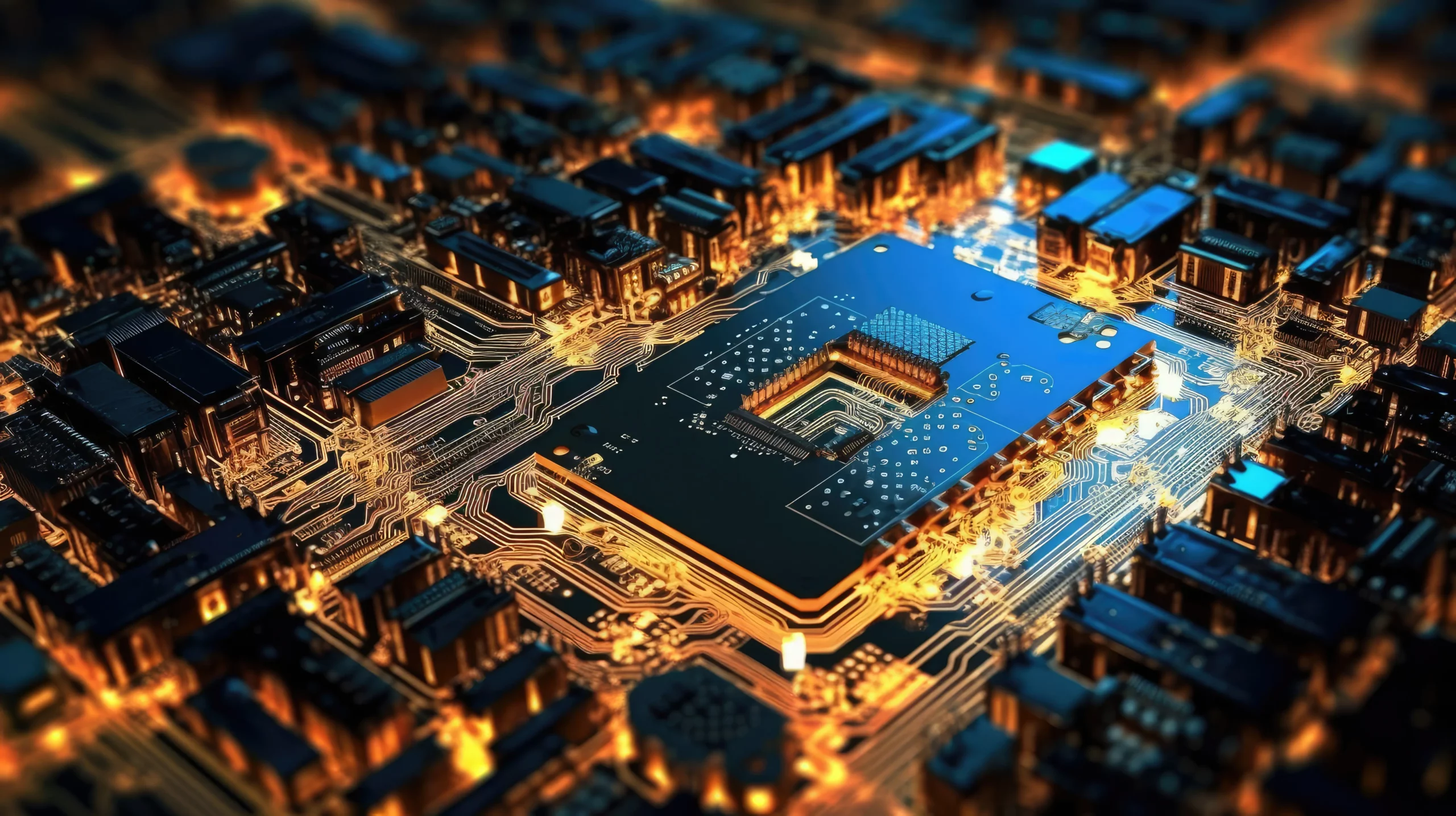



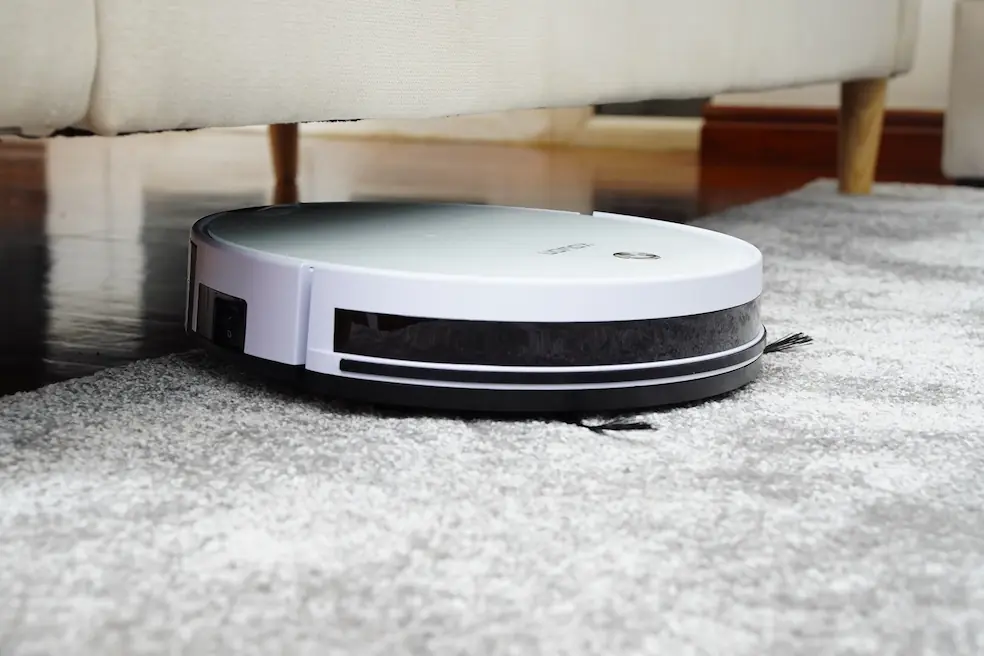












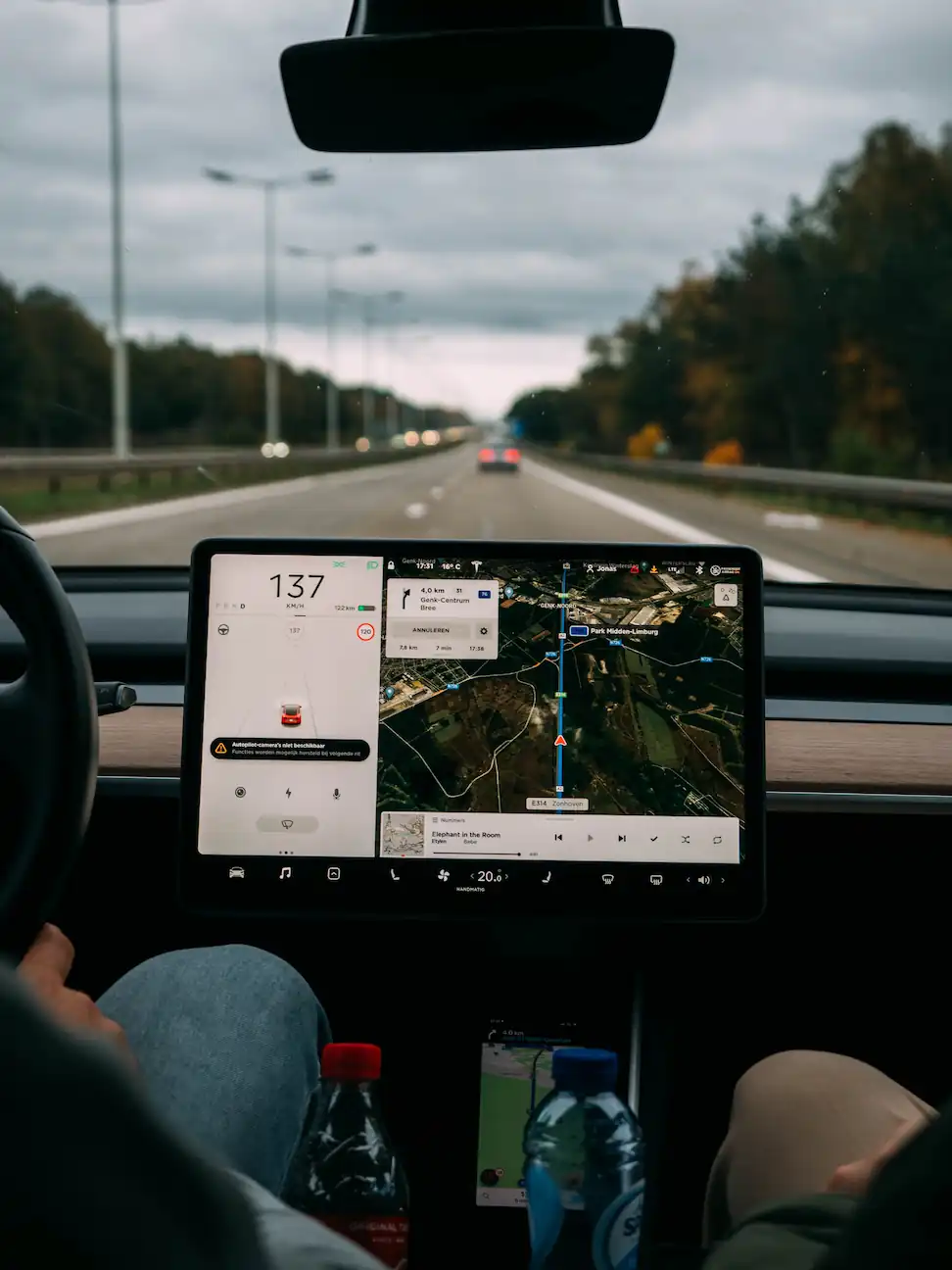
The nano-sized
Revolution
The nano-sized
Revolution
Microchips are less than a centimeter thick and are an integral part of everyday life. They are everywhere: in washing machines, toasters, smartphones, cars – even passports now have a microchip built in. All these devices and technologies have one thing in common: they only work with transistors – billions of them.
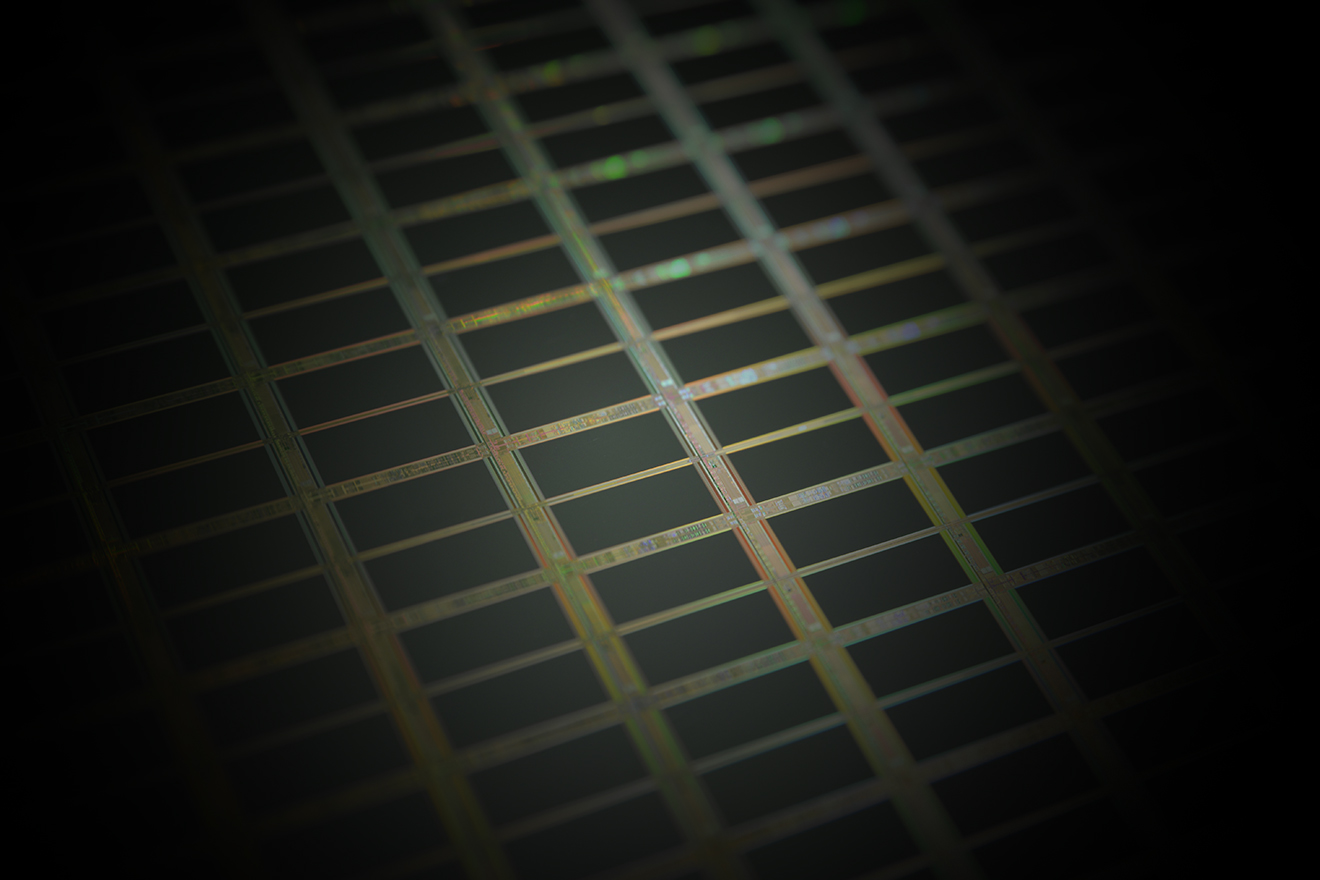
These transistors are at the heart of information technology. Today, digital devices demand up to 12% of global electricity, and the trend is rising. And even more alarming: forecasts predict that without optimization of energy requirements, more electricity will be needed for computer chips by 2040 than our global energy production can supply.

When looking for a solution, it makes sense to start right there and adjust the energy requirements for the smallest components in order to achieve considerable savings en masse: The single atom transistor we have developed requires only 0.1 percent of the energy of a conventional transistor.

Benefits
Unique, efficient,
patented.
On the Way to Becoming
an Environmental Disaster
By 2040, MIT predicts that computer chips will require more electricity than our global energy production can supply.
More than 10% of the electricity demand of industrialized countries currently goes to data communication and processing.
If the Internet were a country, it would be the sixth largest energy consumer in the world.
The cryptocurrency Bitcoin requires more electrical energy for its computing power than Ireland.
Single Atom Technologies
ist bekannt aus
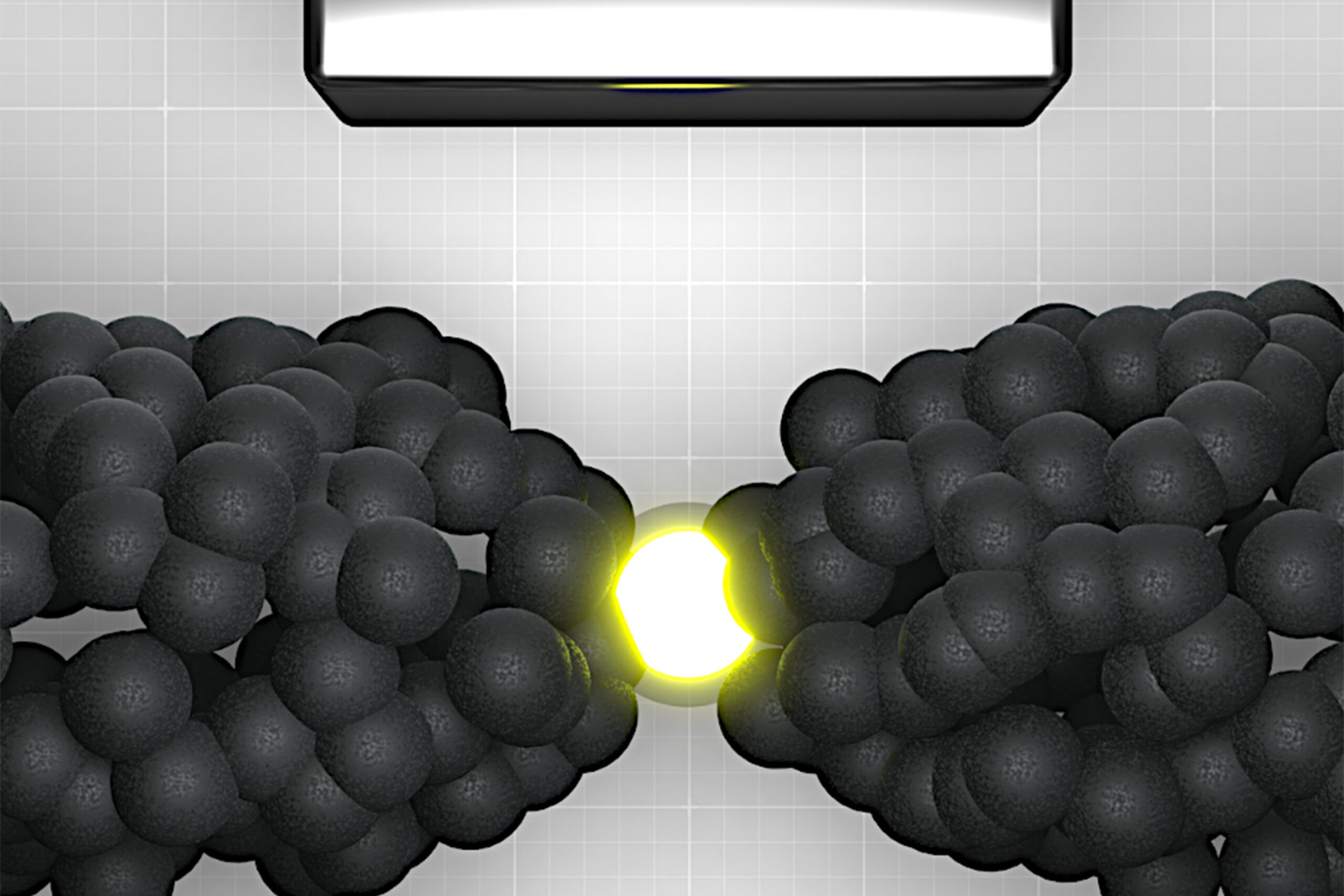

12.07.2023
Dr. Heiner Pollert bei Springer Professional: Der Single Atom Transistor macht die EU Chip-unabhängiger


12.06.2023
BadenTV: “Informationstechnologie der Zukunft: KIT-Forscher entwickeln kleinsten Transistor der Welt”
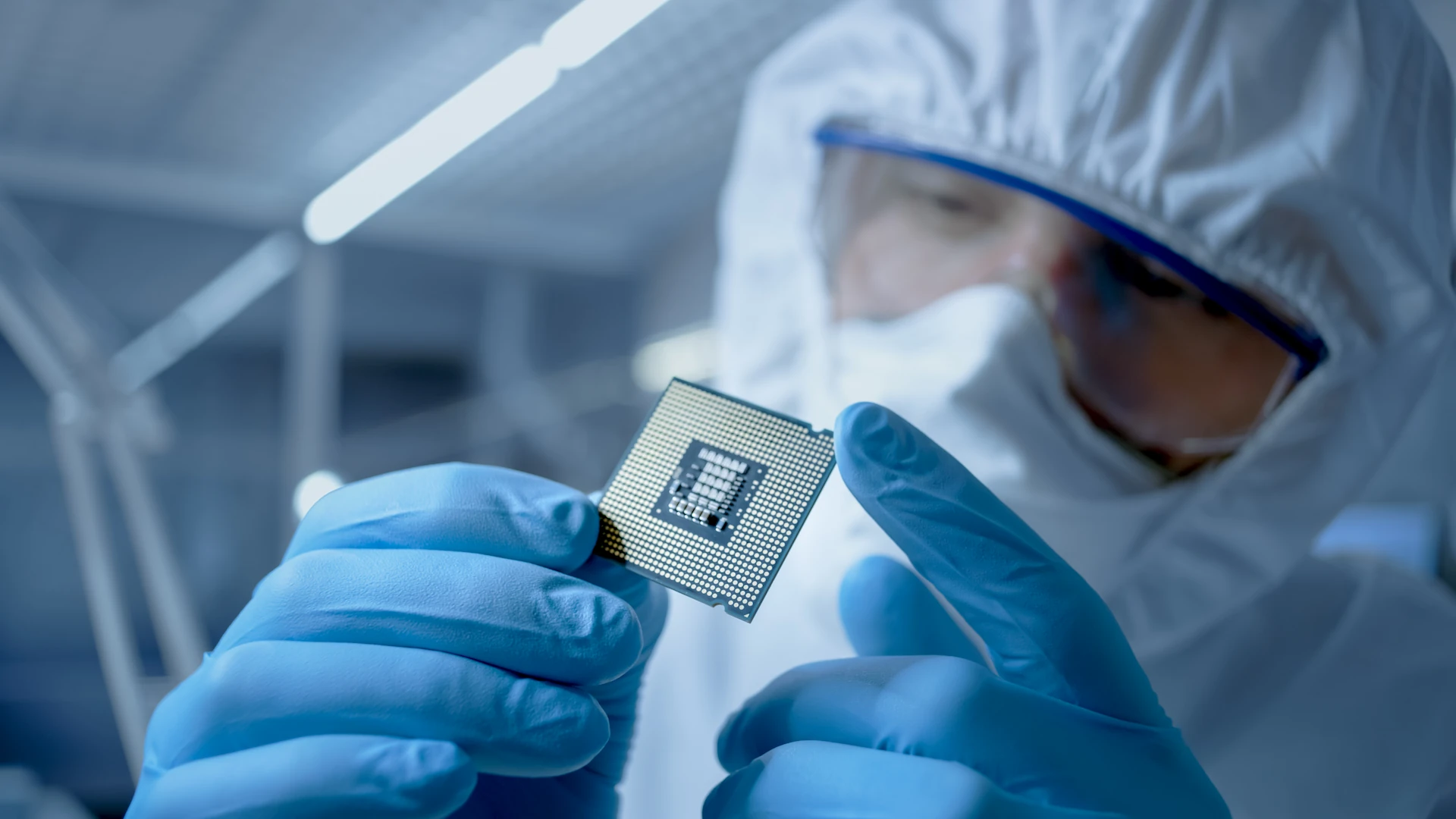

22.12.2022
Forschung und Wissen: “Kleinster Transistor schaltet Strom mit einzelnem Atom”
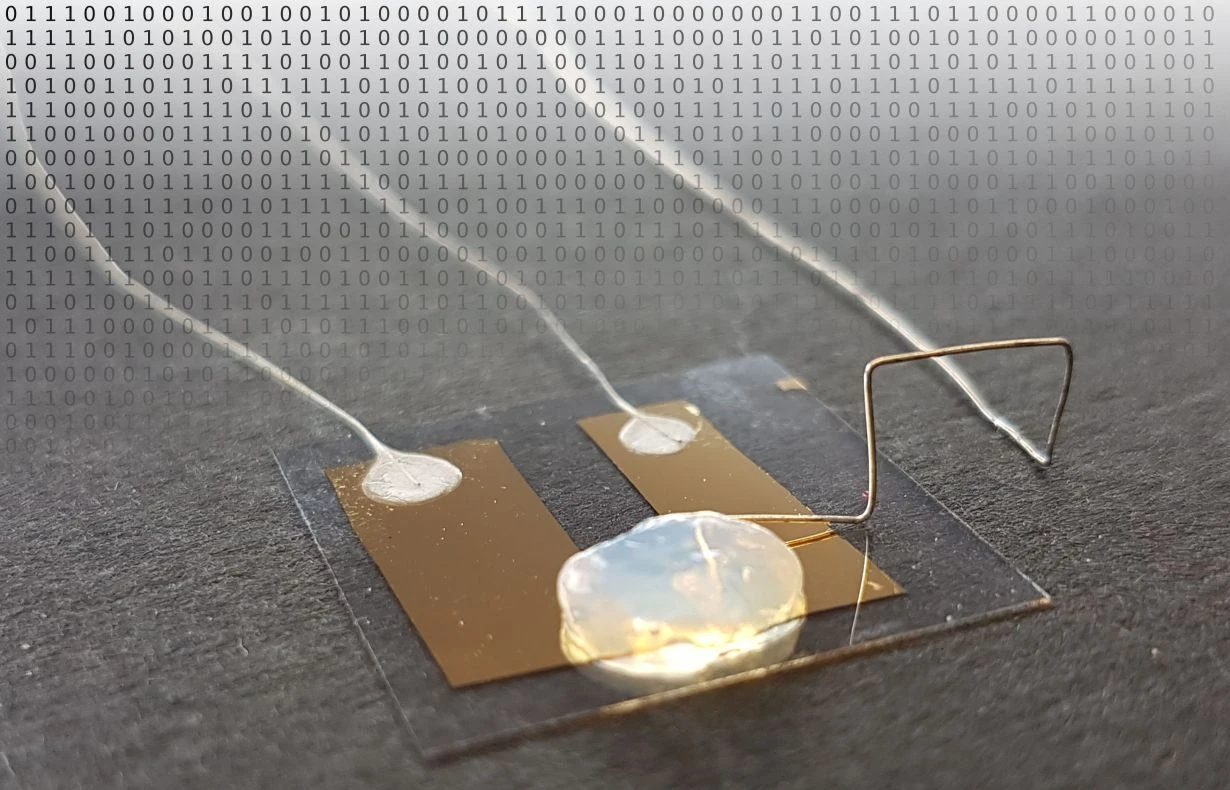

06.04.2021
Elektronik Praxis: “Weltkleinster Transistor schaltet Strom mit einzelnem Atom”


18.08.2018
FORTUNE: “German Researchers Have Built a Quantum Transistor Using Just a Single Atom”


15.08.2018
chemie.de: "Weltkleinster Transistor schaltet Strom mit einzelnem Atom in festem Elektrolyten"
